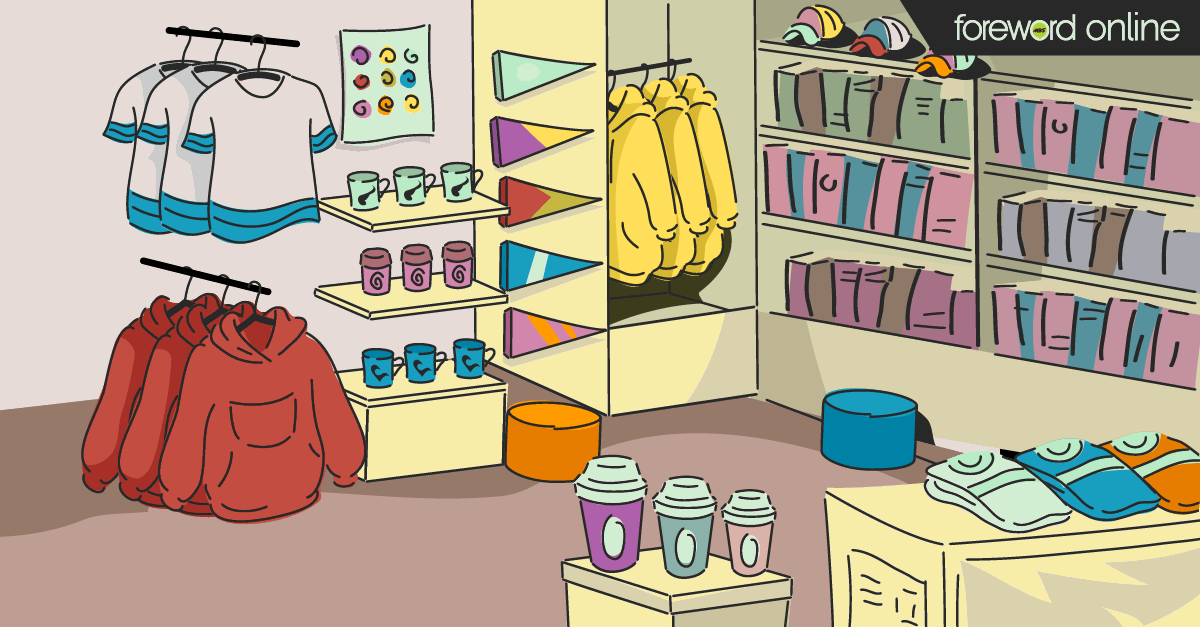The retail layoffs started last year, as business journals projected job losses on a scale not seen since 2010. Then, in January, Macy’s and Sears announced hundreds of stores would be shutting down. Even Wal-Mart has shown it’s not immune. The retail behemoth announced in the same month it would cut roughly 1,000 jobs.
 Altogether the retail layoffs since last October have totaled 89,000 Americans.
Altogether the retail layoffs since last October have totaled 89,000 Americans.
The really bad news? This time it’s not the economy. Back in 2010, we saw similar numbers of layoffs and closures, but at the time rampant foreclosures and consumer anxiety could account for the downturn.
Now, there appears to be a more lasting change at work. A recent article in the New York Times stated, “The current torrent of closures comes as consumer confidence is strong and unemployment is low, suggesting that a permanent restructuring is underway. In short, traditional retail may never recover.”
Consumers, including cash-strapped college students, are still spending, so where is all that money going? You guessed it. Even in 2010, the last year of the Great Recession, e-commerce was growing at an average of $30 billion a year, according to the Times. Since 2014, annual growth has ballooned to $40 billion.
What does this mean for college stores? It’s not possible to just tighten belts and budgets and wait out the storm. For those who haven’t already, it’s necessary to take a hard look at your store’s sales model and ask whether it’s adapting to the times.
It’s likely that traditional retail — shopping malls, boutiques, and, yes, college stores — will never be the same again.
That doesn’t mean brick-and-mortar will disappear. Marketing surveys suggest Generation Z — comprised of kids born between 1995 and 2014 — remains enthusiastic about shopping in stores. According to an IBM study conducted for the National Retail Foundation, 98% of Gen Z still shops in physical stores. Some 68% say they do this “most of the time,” while 31% do this “sometimes.”
However, as smartphone and eCommerce mavens, Gen Z shoppers’ notions of a retail are different from their elders. They don’t go to a physical store because that’s what it means to shop. They go to stores seeking an experience.
According to Euclid Analytics, Gen Z shoppers are looking for stores to curate their experience. The internet is a flood of information. The store, meanwhile, will present them with only the best.
About 28% also go to stores because they want to interact with associates.Thus, customer service must be a priority for retailers.
Kids in this age group integrate the online and offline shopping experience. They shop with smartphones in hand and, for this reason, are drawn to places offering free Wi-Fi. What are they doing with their phones? According to Euclid, 58% are texting, making calls, using email or checking apps while shopping; 43% are taking pictures of products to consult later; 42% are chatting with friends or family about buying decisions.
How do you avoid going the way of Macy’s and Sears? How do you keep your store alive amid this sea-change in retail?
- Give equal attention to mastering your online and offline presence. If you aren’t selling goods through a website, app, online store – or all these channels – then you must invest now
- Make customer service a top priority. Keep enough informed associates on hand for customer inquiries
- Ensure your physical store offers an aesthetic experience, that it presents products in a way that demonstrates your selectivity and expertise as retail curators
- Offer free Wi-Fi
- Don’t expect retail will return to “normal”





